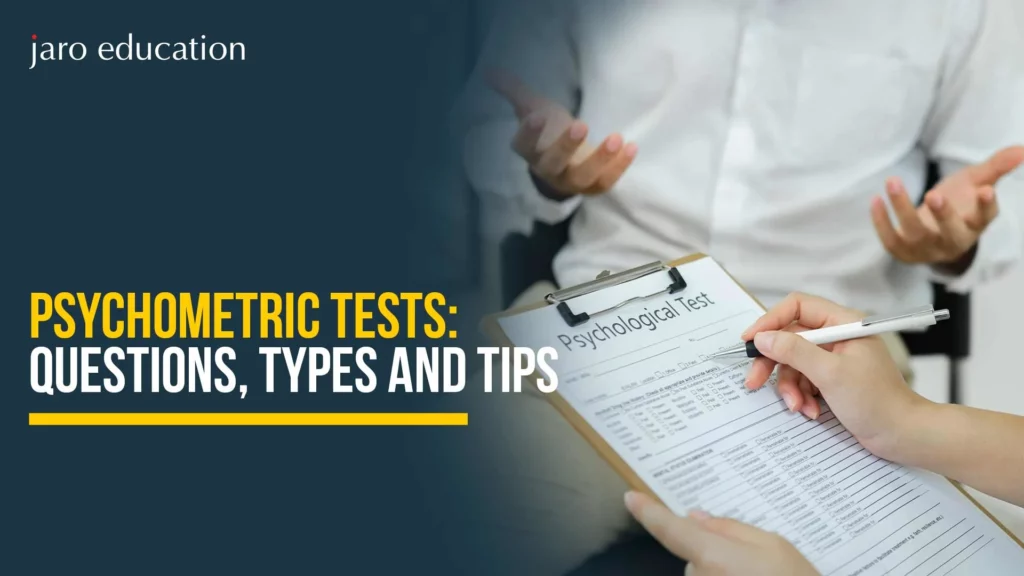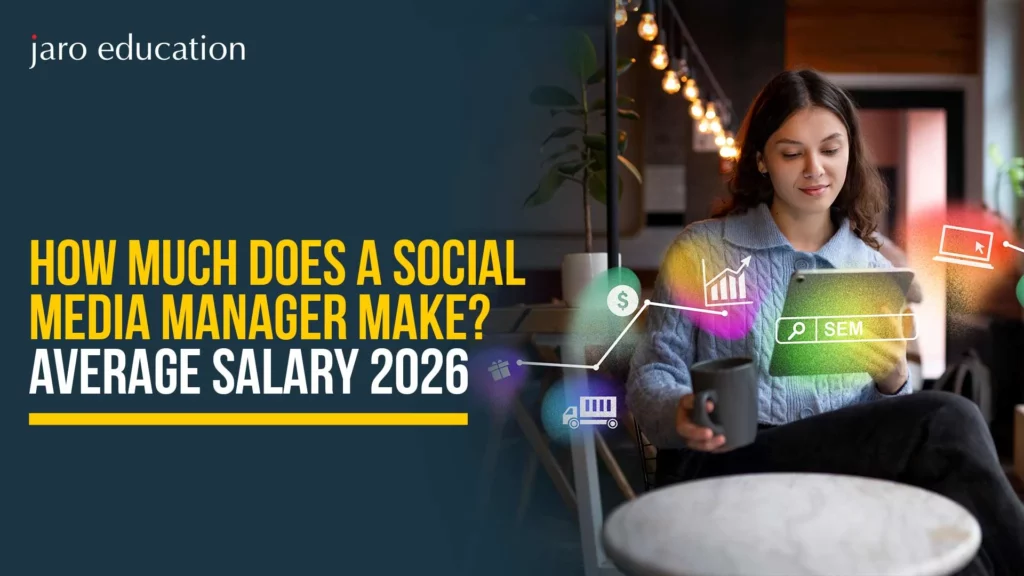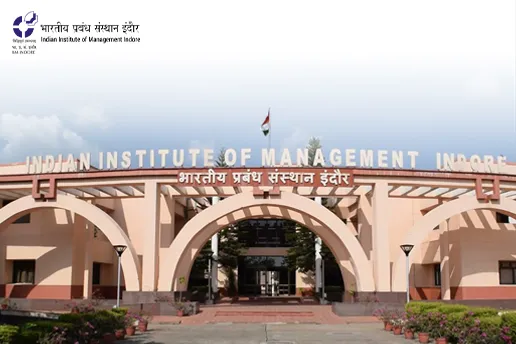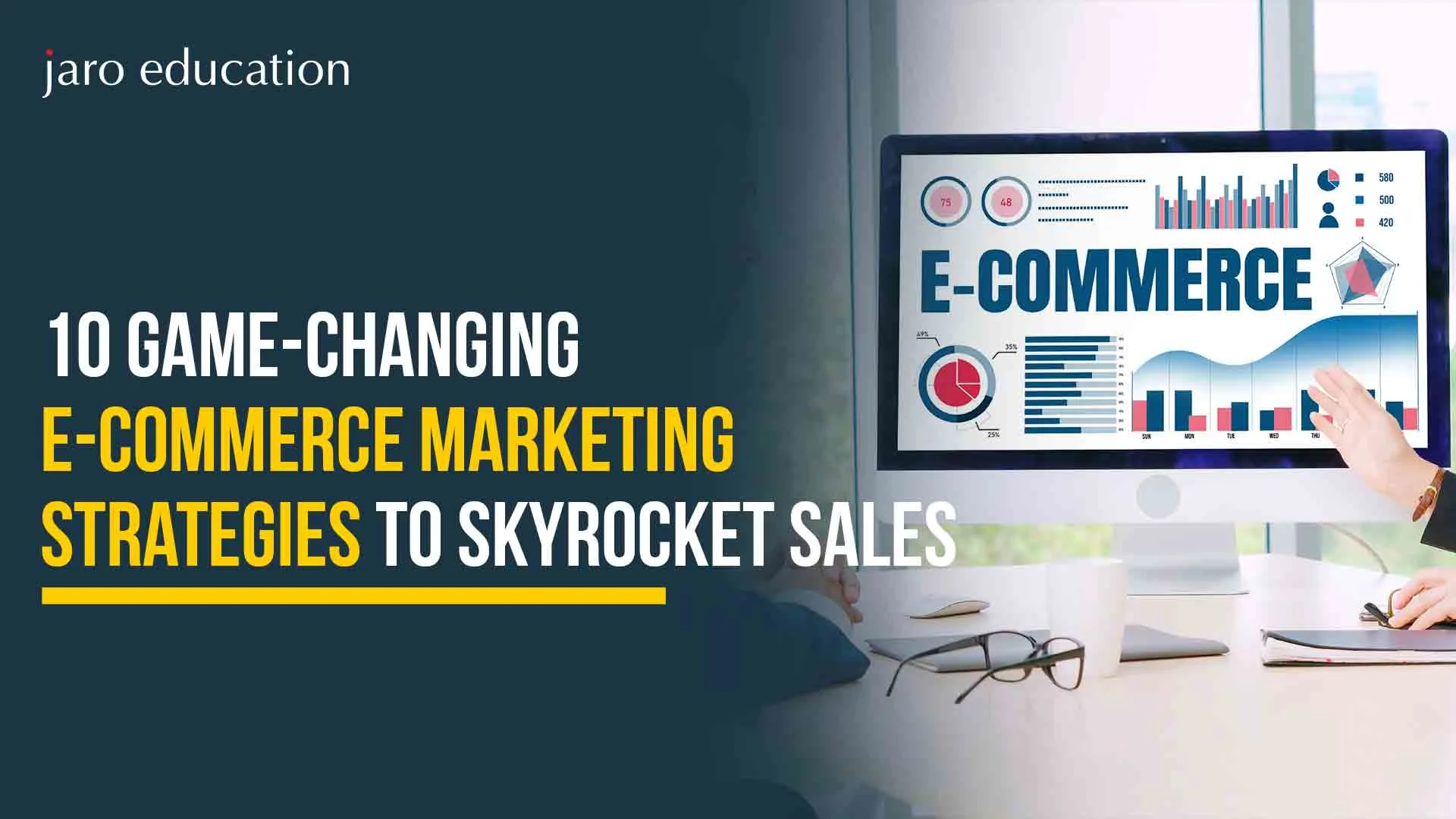What is Guerrilla Marketing? Best Examples to Know
Table of Contents
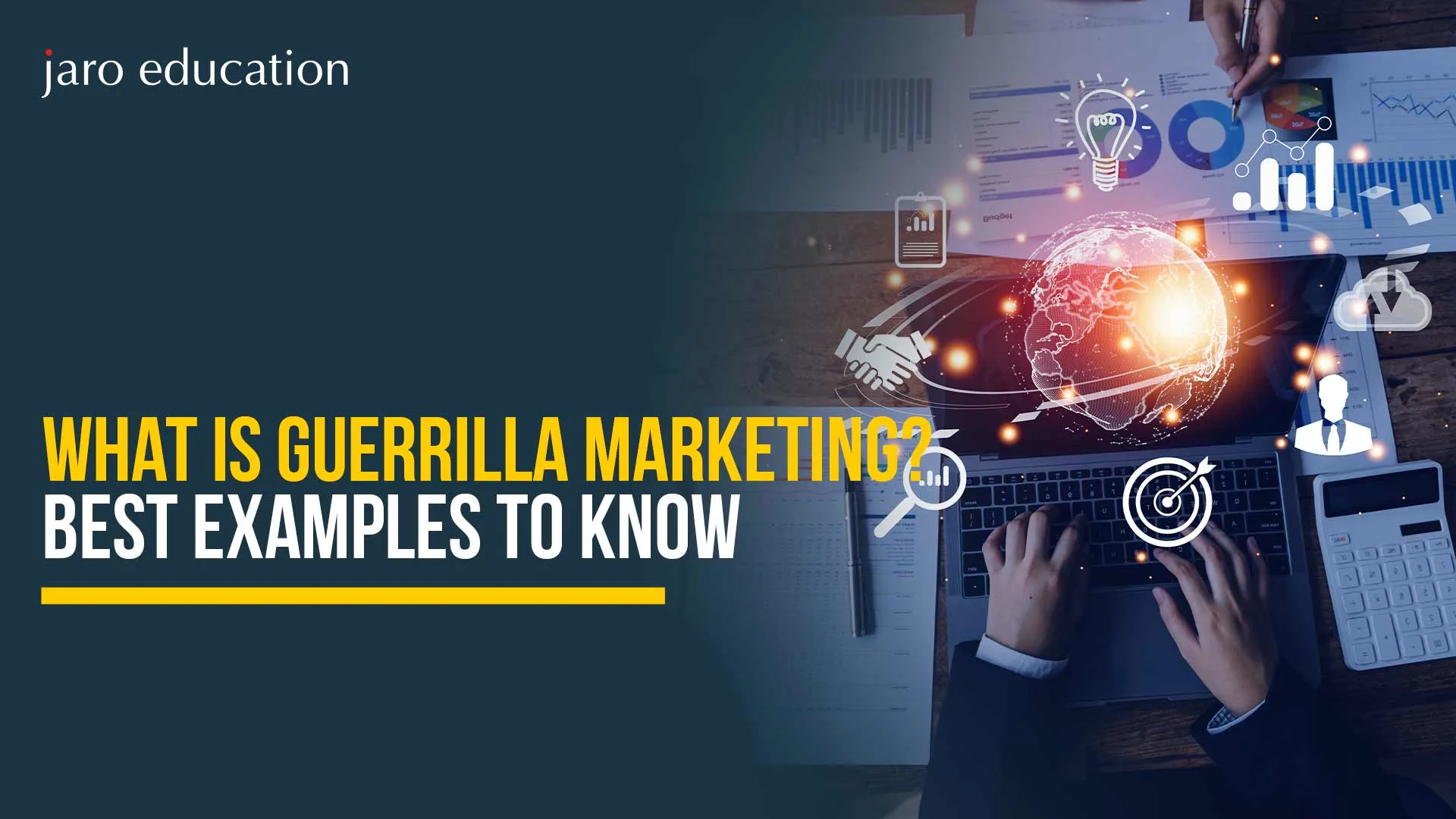
In a world flooded with advertisements, conventional methods often struggle to cut through the noise. Amid this saturation, guerrilla marketing has emerged as one of the most imaginative and cost-effective ways to grab attention, stir emotion, and spark conversations.
But what is guerrilla marketing? Is it only about painting murals and flash mobs, or is there a deeper psychological layer to it? What makes certain guerrilla marketing examples go viral while others fizzle out?
This comprehensive guide dives deep into the heart of guerrilla marketing advertising, examining its roots, defining features, and the most compelling guerrilla advertising examples. Whether you’re a startup with a shoestring budget or a marketer seeking disruptive ideas, this article will equip you with both inspiration and actionable strategy.
What is Guerrilla Marketing?
Guerrilla marketing is an unconventional marketing strategy that aims to surprise and engage audiences in unexpected ways. The term, inspired by guerrilla warfare tactics, represents ambush-style, low-cost promotions executed in public spaces, digital environments, or even on-the-go platforms.
But guerrilla marketing advertising isn’t just about being loud—it’s about being clever, creative, and contextually relevant. Whether it’s street art, interactive installations, or viral content, the goal is to disrupt routine thinking and leave a lasting impression.
In short, guerrilla marketing focuses on impact over investment. It thrives on imagination, agility, and surprise rather than hefty media spending.
Origins of Guerilla Marketing
The term was coined by Jay Conrad Levinson in his 1984 book “Guerrilla Marketing,” where he emphasised imagination over money. At its core, guerilla marketing strategy was designed for small businesses seeking to compete with larger corporations without the same advertising budget.
Over the years, it has evolved from graffiti campaigns and public stunts to digital flash mobs, hashtag wars, and immersive pop-ups. Yet, the spirit remains the same: defy expectations, invite engagement, and break the mold.
Key Elements of a Guerilla Marketing Strategy
Creating a successful guerilla marketing strategy requires more than boldness. Here are the crucial ingredients that define the most powerful guerilla marketing examples:
Surprise Factor
Disrupting the environment or consumer expectation is the heartbeat of guerilla marketing. When people least expect it, they are more likely to notice and remember.
Creativity Over Cost
Budget constraints often drive the most creative outcomes. Smart, witty, and emotionally resonant content often outshines high-budget campaigns.
Public or Shareable Spaces
Whether on the streets, buses, parks, or digital platforms, guerilla marketing advertising thrives in places where people naturally gather, either physically or virtually.
Engagement and Participation
Successful guerilla marketing examples encourage people to interact, take photos, share on social media, or even become part of the campaign.
Viral Potential
The best guerrilla advertising examples often generate buzz. Their novelty makes them perfect for word-of-mouth or social sharing, earning attention without paying for it.
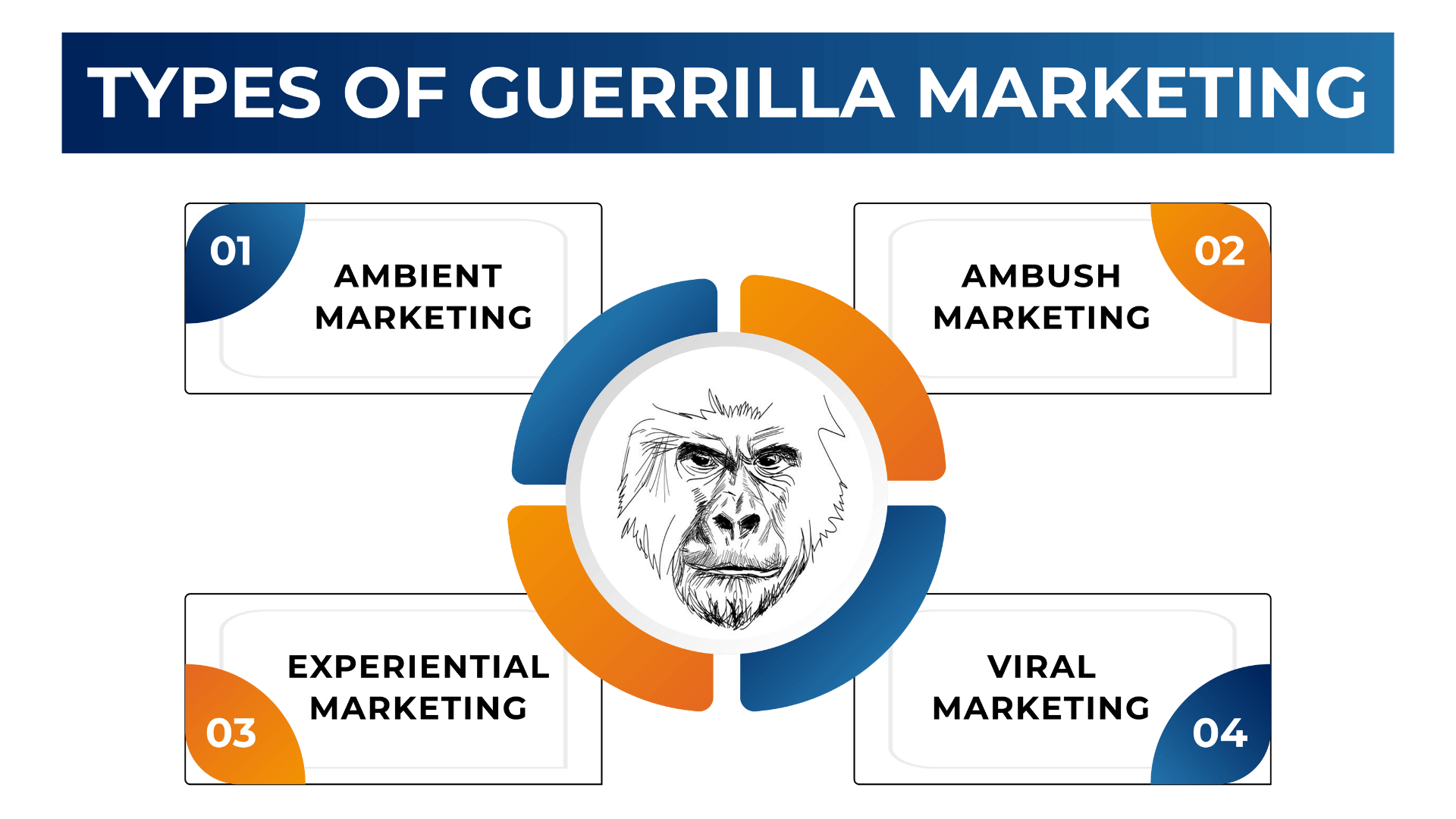
*publicmediasolution.com
Types of Guerilla Marketing
To better understand guerilla marketing advertising, it helps to break it down into its most popular forms:
Outdoor Guerilla Marketing
Using public spaces like parks, train stations, or sidewalks to display unexpected ads or installations. This is one of the most classic examples of guerilla advertising.
Indoor Guerilla Marketing
Executed in indoor environments like malls, elevators, or public restrooms, where footfall is high and context can be cleverly exploited.
Experiential Marketing
Immersive experiences that directly engage audiences, often involving live interactions or events designed to entertain and educate simultaneously.
Digital Guerilla Marketing
Online stunts, viral campaigns, or interactive experiences designed to disrupt scrolling behaviour and capture attention across digital platforms.
Ambush Marketing
A form of guerilla marketing strategy where a brand piggybacks on the visibility of a high-profile event—like a concert or sports game—without being an official sponsor.
Why Guerilla Marketing Works in 2025
In today’s highly fragmented media landscape, consumer attention is the rarest commodity. This is where guerilla marketing proves to be a game-changer.
- Shorter attention spans: People now skip, mute, or ignore traditional ads. Guerilla marketing advertising sidesteps this by showing up where it’s least expected.
- Budget efficiency: Especially for startups and SMEs, low-cost campaigns with high ROI are more viable.
- Viral culture: Social media thrives on novelty. Most guerrilla advertising examples get shared organically.
- Desire for authenticity: Consumers value creativity and boldness. It signals courage and originality—two traits strongly associated with modern brands.
Real-Life Guerilla Marketing Examples That Made an Impact
Let’s now explore some of the most iconic and effective guerilla marketing examples to understand how this approach works in the real world.
Coca-Cola’s Happiness Vending Machine
Placed on college campuses, this vending machine dispensed not just Coke, but also pizzas, flowers, and even oversized subs—delighting students and creating viral video content.
This is a perfect example of experiential guerilla marketing advertising done right: surprising, engaging, and brand-consistent.
IKEA’s Subway Makeover
IKEA furnished parts of subway platforms with cosy couches and lamps, instantly transforming an ordinary commute into a homely experience.
Among the cleverest examples of guerilla advertising, this campaign leveraged utility and visibility in a cost-effective way.
The Blair Witch Project (1999)
One of the earliest digital guerrilla advertising examples, this low-budget horror film created fake missing-person posters and eerie online forums to build buzz, before viral marketing was even a term.
Frontline’s Flea-Filled Floor
In a shopping mall, they created a giant floor sticker of a dog scratching itself. When people walked over it, from the upper floors, they appeared like fleas—genius visual storytelling at play.
This creative masterpiece remains one of the best guerrilla marketing examples in pet product advertising history.
UNICEF’s Dirty Water Vending Machines
In New York, UNICEF placed vending machines dispensing “dirty water” to highlight the global water crisis. Each bottle was labelled with a disease name like “Cholera” or “Malaria.”
It turned heads and hearts, making it one of the most socially powerful guerilla marketing examples.
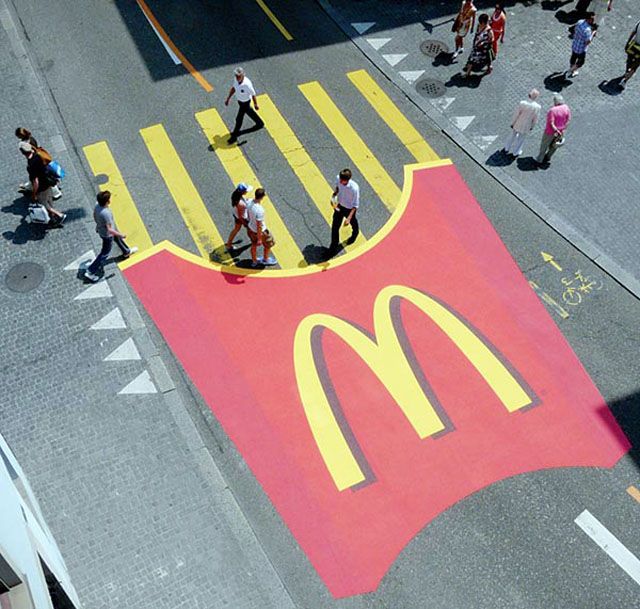
*moosend.com
McDonald’s Crosswalk Fries
McDonald’s painted white pedestrian crossing lines to resemble French fries pouring out of a real 3D box placed on the sidewalk. It was simple, unexpected, and deeply on-brand.
This campaign turned ordinary city streets into a canvas—an ideal example of guerilla advertising that transformed public space into a storytelling medium.
The Simpsons Movie – Giant Doughnut on a Building
To promote The Simpsons Movie, 7-Eleven stores were converted into Kwik-E-Marts, and a giant pink doughnut was mounted atop a building. This immersive stunt became one of the most memorable guerrilla advertising examples in film marketing.
Burger King's Subservient Chicken
Before viral was viral, Burger King introduced a website where users could type commands for a man in a chicken suit to perform. It was bizarre, hilarious, and wildly engaging—a great digital guerilla marketing stunt.
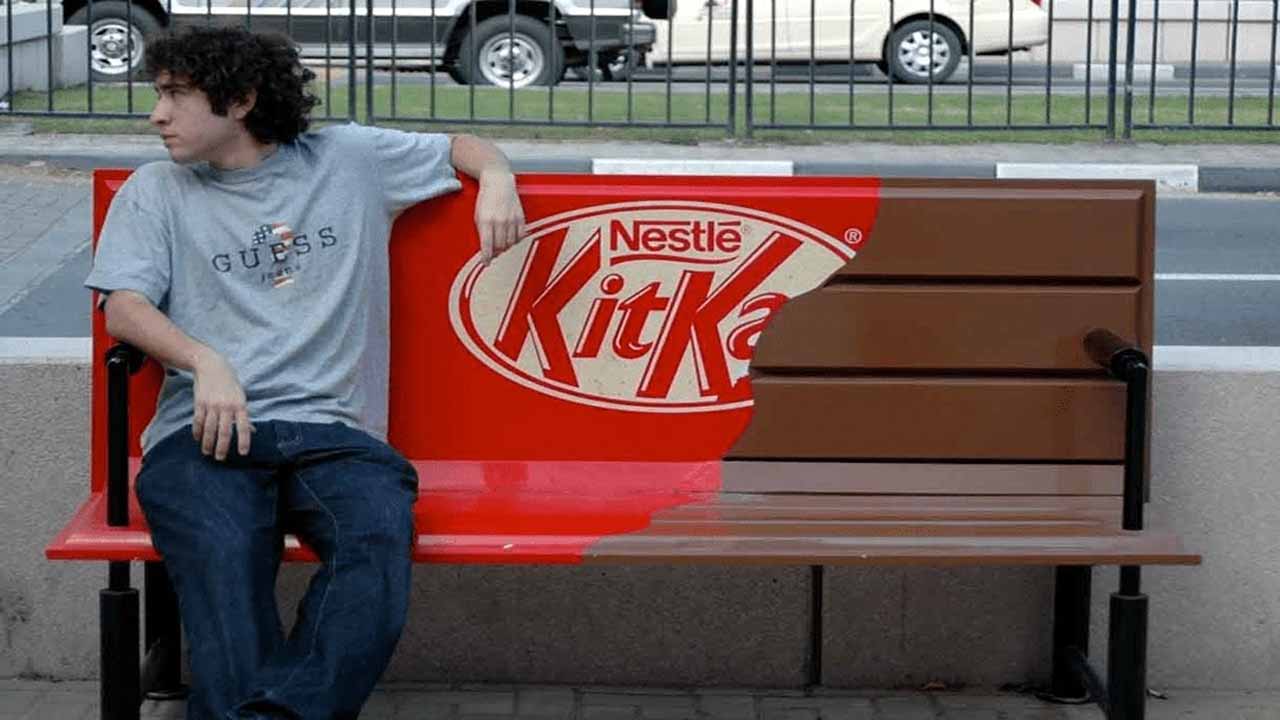
*gingermediagroup.com
KitKat’s “Have a Break” Benches
KitKat modified city benches to look like the chocolate bar being broken. The clever design and brand message seamlessly integrated with a common public utility, embodying a textbook guerilla marketing strategy.
King Kong 3D Billboard
To promote a new King Kong release, a 3D cracked-glass installation on a high-rise made it seem like Kong had just smashed through the building. It was grand, dramatic, and undeniably eye-catching—a strong entry among guerrilla advertising examples in the entertainment sector.
Building a Winning Guerilla Marketing Strategy: Step-by-Step Guide
So, now that we’ve explored some impactful guerilla marketing examples, how can you design your own campaign that grabs attention and aligns with your brand?
Here’s how to build a foolproof guerilla marketing strategy:
Know Your Audience Deeply
Before doing anything flashy, understand who you are talking to. Age, lifestyle, values, and emotional triggers all matter. The best guerilla marketing advertising targets a very specific persona.
Pick the Right Location
The environment is crucial in guerilla marketing. A location must have enough footfall, context relevance, and visual potential. Ask: Will people stop? Will they take a photo? Will they share?
Focus on Simplicity
Complexity kills virality. Great guerilla marketing advertising campaigns are simple in message but powerful in delivery. You don’t need 10 steps of explanation—one strong idea is enough.
Maximise Surprise
The element of surprise is what makes people pause, take a second look, and remember. Whether it’s a shocking fact, an unexpected image, or a moving interaction, surprise is at the core of every successful guerilla marketing strategy.
Plan for Amplification
The best campaigns are designed for social sharing. Encourage hashtags, offer photo ops, and make the execution something people want to document. This multiplies reach without multiplying budget.
Ensure Brand Connection
No matter how exciting the execution is, it must tie back clearly to your brand identity or message. Many failed guerrilla advertising examples lacked this, leading to confusion instead of brand recall.
Risks and Challenges in Guerilla Marketing
Like any bold endeavour, guerilla marketing has its share of risks. Knowing these helps you plan better and avoid pitfalls.
Legal Issues
Since many campaigns take place in public spaces, permits and permissions are essential. Unauthorised guerilla marketing advertising may lead to fines or backlash.
Misinterpretation
Sometimes, audiences misread the intent, especially in edgy campaigns. This can backfire, causing reputational damage rather than building buzz.
Cultural Sensitivity
In global or diverse communities, what’s funny or surprising to one group may offend another. A culturally aware guerilla marketing strategy is crucial.
Measuring ROI
Unlike digital ads, ROI in guerilla marketing can be harder to track unless it’s tied to a campaign-specific hashtag, QR code, or microsite.
Why Guerilla Marketing is Essential for Modern Brands
As ad fatigue rises and audiences become immune to traditional formats, brands must adapt. Here’s why guerilla marketing will continue dominating the creative landscape:
- Cost-Effective Branding: Especially for startups and SMBs, guerilla marketing advertising offers an outsized impact for minimal cost.
- Viral Potential: Today’s consumers love novelty. Good guerilla advertising examples generate organic press and shares.
- Emotional Connection: It goes beyond transactions. It entertains, amuses, shocks—or even moves.
- Human Touch: In an age of AI and automation, surprise-driven, real-world guerilla marketing brings a much-needed human element to advertising.
Final Thoughts: Is Guerilla Marketing Right for You?
If you’re a brand that:
- Wants attention without spending millions
- Seeks to stand out in a cluttered market
- Values creativity over conformity
…then guerilla marketing could be your best ally.
It’s not just a trend—it’s a mindset. It challenges you to think differently, move quickly, and connect authentically.
To truly thrive in today’s marketing world, professionals must balance creativity with performance. The Professional Certificate Programme in Digital Marketing for Performance & Growth – IIM Kozhikode offers a cutting-edge blend of strategic thinking and tactical execution.
Offered by Jaro Education, this program helps marketing professionals build versatile capabilities, including how to effectively plan and evaluate disruptive strategies like guerilla marketing. Whether you’re aiming to elevate your brand or lead bold campaigns, this course can be the stepping stone to success.
Frequently Asked Questions
Is guerilla marketing suitable for online businesses only?
No, guerilla marketing can be applied to both online and offline businesses. While digital campaigns are common, physical installations, stunts, and creative public engagements can also benefit brick-and-mortar brands.
What industries benefit most from guerilla marketing?
Industries like retail, entertainment, food & beverage, fashion, and technology often leverage guerilla marketing advertising. However, with creativity, even B2B and healthcare brands can use this strategy effectively.
Does guerilla marketing always need a public audience?
Not necessarily, while many guerilla marketing examples use public space, virtual events, surprise email campaigns, or app-based activations also qualify as guerilla marketing when executed creatively.
How long should a guerilla campaign run?
The length of a guerilla marketing strategy depends on the concept. Some campaigns are one-time surprises, while others evolve over days or weeks. What matters most is impact, not duration.
Is guerilla marketing risky for new brands?
If well-researched and culturally sensitive, guerilla marketing can help new brands get instant recognition. However, poor planning or controversial ideas may backfire. Risk management is key.






